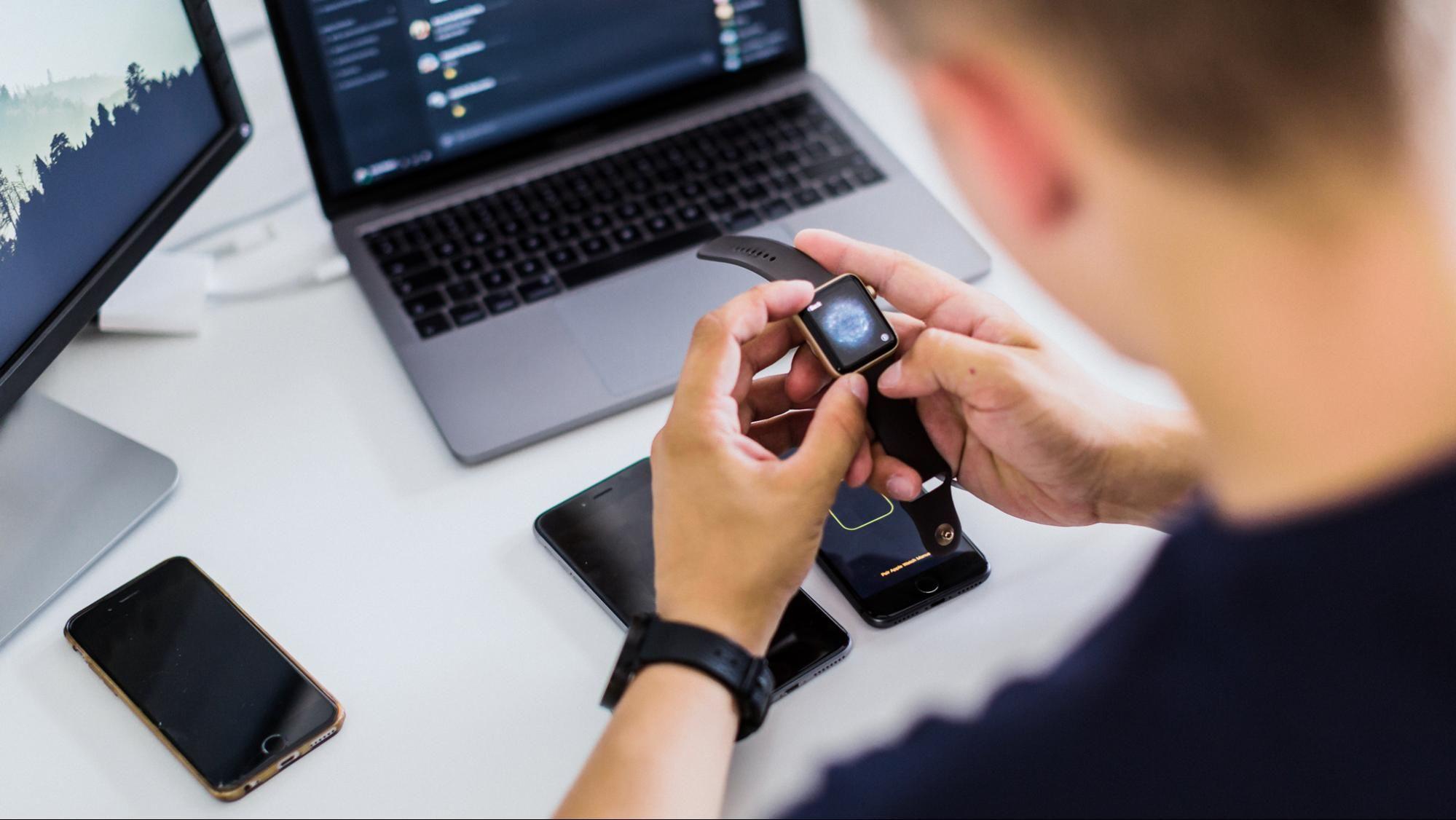Wearable technology has become an integral part of our everyday life, playing an important role in enhancing our overall health and wellbeing. Devices like fitness trackers, smartwatches, and health monitoring systems enable us to measure, track, and monitor various aspects of our wellbeing, from exercise habits to sleep quality.
And as the technology behind wearables continues to evolve, it is important to make sure that these wearable devices are reliable and perform well for users. This is where software quality assurance comes into play. In this blog post, we will focus on the importance of functional testing for wearable devices and discuss the best practices for conducting effective tests. Let's get started.
Functional testing of wearables is a process that checks if a wearable device works as it is supposed to. It involves testing various features to make sure that they work correctly and provide accurate information to the user. By conducting thorough functional testing, manufacturers can guarantee that medical wearables (ECG monitors), smartwatches, fitness trackers and sleep monitoring devices perform consistently and provide accurate information, helping both patients and healthcare professionals make informed decisions about treatment and overall health management.
You might be interested in: 6 Key Challenges of Healthcare Software Testing
The global market of wearable devices
The global market of wearable devices is continuously expanding, as we see a growing demand for such devices. In fact, the wearables market has seen global unit shipments reaching 492.1 million in 2022. Among the different types of wearables, hearables are the most popular, with over 340 million earwear units forecast to be shipped in 2023. Smartwatches and fitness trackers are also widely used, with unit shipments expected to reach 280 million by 2024. These insights highlight the ongoing trend of people increasingly turning to wearable technology to help them stay connected, monitor their health, and enhance their overall lifestyle. Currently, Apple, Xiaomi, Samsung, and Huawei are the dominant players in the wearable device industry. According to Statista, as of 2022, Apple holds the top position as the leading wearables vendor, with a market share of 29.7 percent.
Wearable technology has a variety of uses beyond consumer electronics, including in medicine and virtual reality applications. The shipment of medical wearable sensors and devices is projected to grow substantially, with an estimated 160 million units expected to ship by 2024. North America is currently the leading market for medical wearables, followed by Europe with a 23 percent market share. Additionally, augmented reality (AR) glasses are becoming increasingly popular among consumers and businesses alike, with unit sales expected to reach around 3.9 million in 2024.
Different types of wearable devices

There are many different types of wearable devices that can be used in everyday life. Let’s take a look at just some of them:
- Smartwatches are devices with a lot of functionalities, like receiving notifications, tracking steps, checking heart rate, and measuring oxygen levels.
- Fitness trackers are usually used for activity monitoring, step tracking, and calorie counting.
- Blood pressure monitors track blood pressure levels and also record ECG (electrocardiogram).
- Sleep analyzers help in monitoring heart rate levels, any type of sleep apnea, sleep abnormalities and sleep oxygen saturation.
- Smart scales provide various medical monitoring options, like monitoring the heart level and tracking the pulse wave velocity.
- Hearables are widely used to make calls, listen to music, and make daily activities more convenient. They include devices such as earbuds and headphones.
- AI devices include various devices that incorporate artificial intelligence, such as virtual assistants (Alexa, Siri, etc), chatbots and smart home devices (cameras, alarms, etc).
Best practices for functional testing of wearables

When it comes to performing functional testing on wearable devices and adhering to relevant standards, here is a closer look into the testing approach used by our very own quality assurance engineers.
Performing exploratory testing
After discussing project requirements with the client and defining the plan for functional testing, we focus on performing exploratory testing on the company’s website. This allows us to explore and familiarize ourselves with the devices that will be tested. Additionally, exploratory testing will enable us to uncover any defects or issues and report them.
Defining test scenarios
To make sure that all important functions of the wearable devices are tested correctly, we need to identify and define the specific situations or scenarios in which the device will be used based on users’ needs and expectations. These are called test scenarios. This can be achieved through a variety of methods, such as use cases, user stories, and so on. By creating test scenarios, we can make sure that the device is tested properly.
Testing the wearable devices on iOS and Android
To thoroughly test a wearable device, it is important to test it on both iOS and Android platforms using specific test cases that have been created in advance. There are two parts to test: the app and the connected devices. For example, when testing a new release candidate on iOS, the testing team should follow the predefined test plan on TestRail and prioritize the testing tasks according to the needs of the client.
The test plan should be organized by priority level, starting with critical medical test cases, followed by priority 1 and 2 test cases, and lastly priority 3 and 4 cases. This ensures that the most important and potentially risky features are tested first. By following this approach, we can ensure that the wearable device performs optimally on both iOS and Android platforms, and that all important test scenarios are covered. This will help to identify any issues or limitations, ensuring that the device meets user expectations.
Testing in real-world settings
To ensure that a wearable device functions effectively in real-world scenarios, it is important to test it by using it for everyday activities such as monitoring heart rate, oxygen levels, and sleep patterns. For example, when testing a sleep analyzer, testers need to follow the same procedure as end-users. This involves:
- connecting the device to an iOS or Android device;
- placing it under the mattress; and
- following the calibration process to begin before proceeding with the defined test cases for the product.
By testing the device this way, we can ensure that it functions as intended in real-world situations, and that any potential issues are identified and addressed before the device is released to the market.
Defect tracking and test reporting
Defect tracking and test reporting are two important steps in functional testing of wearables.
Defect tracking involves identifying, documenting, and managing defects found during testing so that the majority of the issues are properly tracked and identified. Defects should be described clearly and in detail, including the steps to reproduce the issue, reproducible rate, expected vs. actual results, and any relevant screenshots or logs.
Test reporting involves generating reports that summarize the testing results and provide insights, like infographics. Test reports should include metrics such as test coverage, defect density, and pass/fail rates, as well as a detailed summary of the testing process and any issues identified. Test reports help to understand the quality of the product and make decisions about its release.
Test automation
The use of test automation can ensure that all critical features and functionalities are tested thoroughly, while also saving time and resources. This type of testing can be used to test various types of functionalities, such as user interface, performance, and integration, making it one of the best practices when performing functional testing on wearable devices.
Conclusion
In order to ensure the quality of wearable devices, it is essential that you follow these best practices for functional testing. By doing so, you will be able to identify and resolve issues early in the development process, while also reducing overall development costs, increasing user confidence in the device, and streamlining the QA process.
Do you need to perform functional testing for your wearable device or application? Contact us to learn more about our services and how we can help you stay ahead of the market.



